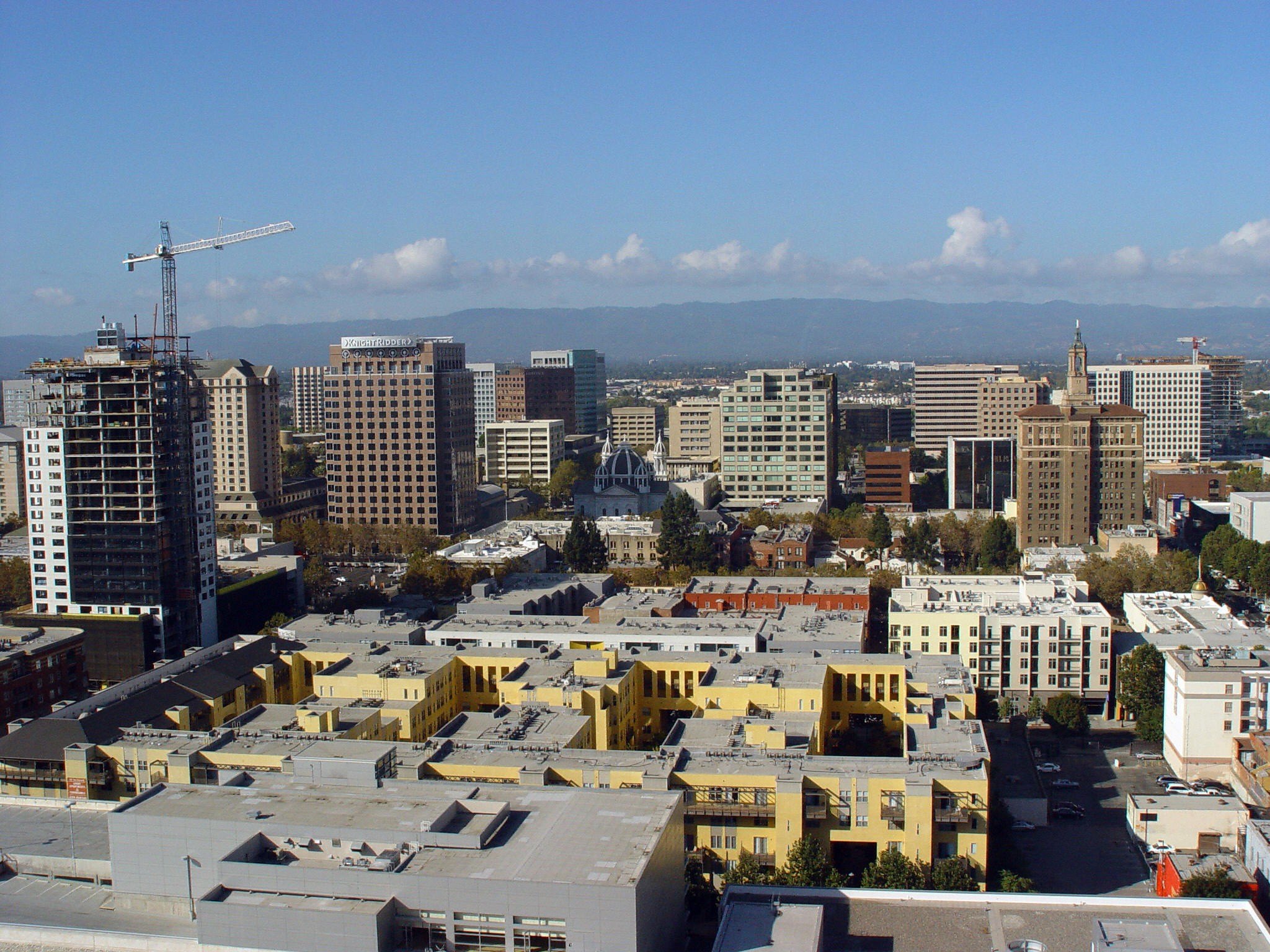When Google’s Downtown West project received unanimous approval from the San Jose City Council in 2021, the ambitious 80-acre development was heralded as a once-in-a-generation transformation for California’s third-largest city.
Set in the heart of downtown San Jose near Diridon Station, the plan was intended to blend housing, jobs, public transit, parks, and cultural amenities into one of the San Francisco Bay Area’s most significant mixed-use urban destinations.
Four years later, questions are surfacing about the project’s progress—and what it means for the local real estate market.
Google has acquired over 80 acres of property and spent roughly $532 million on land acquisition, according to San Jose real estate firm Urban Catalyst. It said Google has estimated that this is a 10-year build-out and will cost roughly $19 billion.
“The Downtown West project is significantly impacting property values and buyer activity around Diridon Station and nearby neighborhoods,” Alexander Kalla, a Bay Area-based real estate agent, tells Realtor.com®.
“As one of the largest developments in San Jose’s history, it was expected to drive up property values due to Google’s long-term commitment, large-scale office space, and new housing—including up to 4,000 units, with an affordable housing component,” Kalla adds.
“This had led to increased buyer interest and investor activity, though there were concerns about affordability and displacement among low-income residents.”

Google originally promised that Downtown West would respond to community goals and grow in step with San Jose’s evolving needs. The project was designed to include 4,000 new homes, with a commitment to supporting 25% affordable housing in the surrounding Diridon Station Area.
The company also pledged to add 15 acres of public parks and open space, featuring free year-round programming, along with 4.25 acres of restored riparian habitat and the planting of 2,280 new trees.
Other proposed benefits included more than 5,700 prevailing wage construction jobs, targets for local hiring and supplier diversity, and a $150 million Community Stabilization and Opportunity Pathways Fund aimed at promoting social equity and community participation.
All of this was positioned as a key piece of San Jose’s long-term vision for a transit-connected, environmentally sustainable, and economically inclusive downtown.
Google emphasized that it worked closely with the city and local stakeholders to shape the project, which builds on the city’s pre-existing Diridon Station Area Plan.
But as of late 2025, the project appears to have hit a stall—or at least a slowdown.
Realtor.com reached out to Google who replied that projects like Downtown West are massive and go through different cycles of slow down and acceleration.
Ryan Lamont, a spokesperson for Google, told Realtor.com that the company is being thoughtful about its real estate investments to make sure they’re meeting the needs of the workforce, business and communities.
Lamont also said Google is in regular contact with developers with the the expertise to potentially deliver mixed uses to support the City of San Jose’s goals, but the company gave no timetable on the Downtown West project.
Shaping the local housing market despite delays
Although early phases of construction were expected to begin in 2023, physical progress on the site has been limited.
Key pieces of infrastructure remain undeveloped, and buildings that many expected to see rising by now are nowhere to be found.
For residents, developers, and real estate professionals who had pinned hopes on the transformation of downtown San Jose, the lack of visible momentum has become a growing point of concern.
Despite the apparent slowdown, the development is still having a real impact on surrounding neighborhoods, according to Kalla, who has been closely tracking the project’s influence on the market.
With over $30 million in production this year, Kalla says, the long-term commitment from Google is still reshaping buyer behavior.
“Neighborhoods and property types closest to the project, especially those near Diridon Station and within the 80-acre site, are best positioned to benefit from the influx of jobs and infrastructure improvements,” says Kalla.
“This, with the high confidence of lowering rates, has buyers’ activity increasing. The mix of office, retail, cultural, and public spaces will enhance desirability, attracting tech workers and commercial tenants.”
At the same time, Kalla acknowledges growing concerns about affordability and displacement, particularly among low-income residents.
While the inclusion of affordable housing in the plan has been welcomed by many, questions remain about whether it will be enough to offset the pressures that come with such a large influx of capital and new development.
Developers and investors are continuing to express interest, encouraged by Google’s substantial community benefits package and its agreements with the city, which aim to reduce displacement and provide stability in the area amid rising rents.
The planned improvements around Diridon Station—already a major transit hub for Caltrain, Amtrak, and VTA, and a future stop on the BART extension—are another draw for buyers.
Kalla points out that planned zoning updates will allow for denser residential and mixed-use development, further enhancing the area’s potential for long-term growth.
He also cites the project’s 15 acres of public parks as a major incentive for those looking to buy into a more livable, amenity-rich urban environment.
“Downtown West is transforming San Jose’s urban core, catalyzing real estate appreciation and market vibrancy, while also presenting challenges around affordability and equitable growth,” he says.
“Buyers should stay informed about transit expansions, zoning changes, and community benefits initiatives that will shape future value and neighborhood character.”

